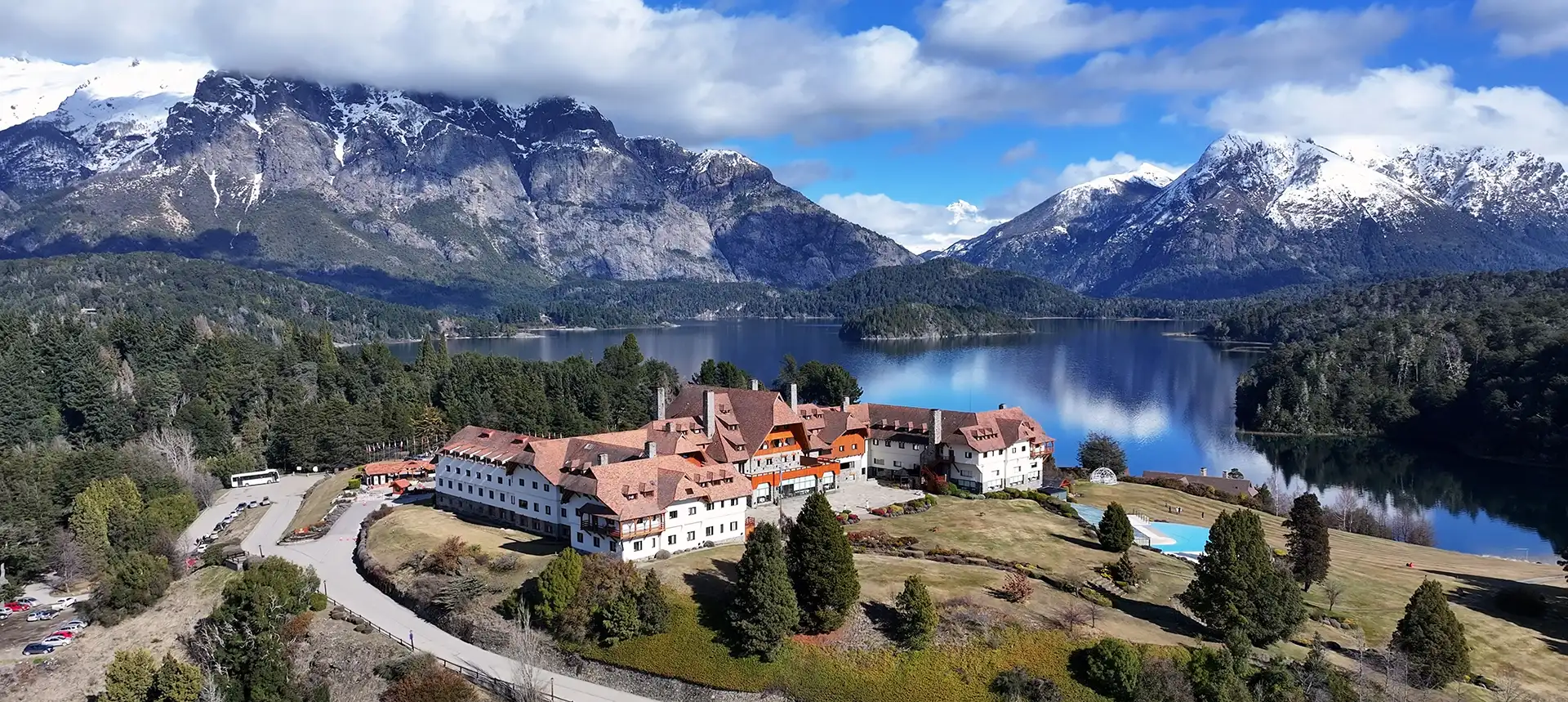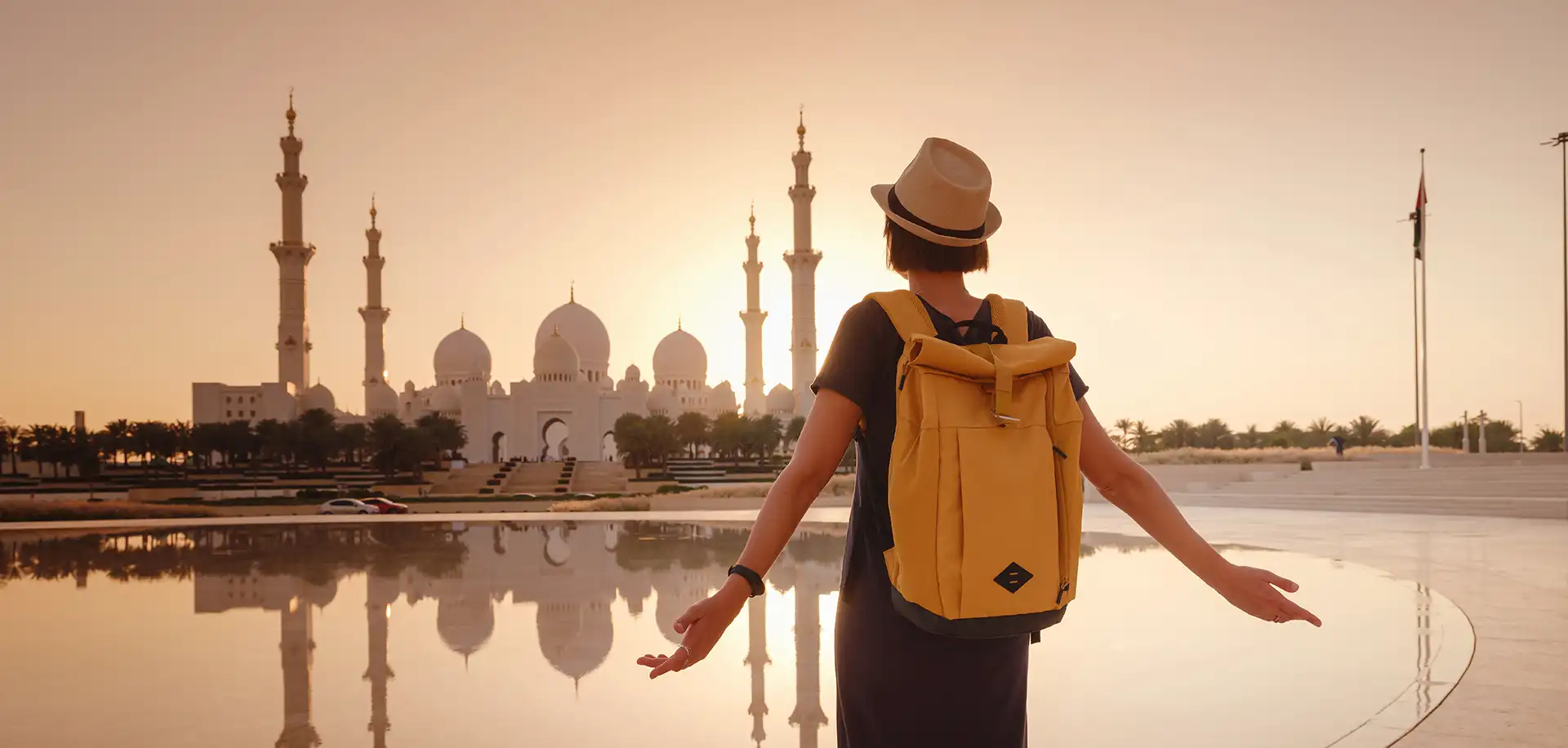
US M1 Student Visa
Table of contents
- Table of contents
- Overview
- M1 Visa Validity and Duration of Stay
- M1 Visa Eligibility
- M1 Visa Purposes
- Required Documents for M1 Visa
- M1 Visa Application Steps
- M1 Visa Interview
- M1 Visa Fees
- Where to Apply for M1 Visa
- When to Apply for M1 Visa
- M1 Visa Processing Time
- M2 Visa (Dependents of M1 Visa Holders)
- M1 Visa Extension
- FAQ about M1 Visa
Overview
The US M-1 Student Visa is one of the other types of Student Visas available to people looking to enter the United States in order to undertake specific kinds of study. Also a non-immigrant visa, the US M-1 is geared toward those seeking to “study” in a non-scholastic context. This visa is therefore available to those attempting to participate in a vocational course.
M1 Visa Validity and Duration of Stay
Once you enter the United States, your M1 Visa duration of stay will likely span the official date that you are allowed to arrive in the country (for new students, this is will be no sooner than 30 days before your course begins) to the end of whatever program you are enrolled in, plus an additional 60 days. This means that once your vocational program finishes, you will have 60 days in the United States before your M1 Visa duration ends (at which point you must leave the country).
M1 Visa Eligibility
Applying for the M1 Visa means meeting the eligibility requirements. The main eligibility requirement for a M-1 Student Visa is that you show proof of acceptance into a valid vocational program (SEVP School). In addition to furnishing proof of acceptance, you will need to show evidence that you:
- are entered into the school as a full-time student
- have (and intending to keep) a permanent address located outside of the United States.
- have enough money to pay for all of your expenses throughout your period of study
- understand and can communicate in English at a reasonable level
M1 Visa Purposes
A US M-1 Student Visa can exclusively be used for the purpose of enrolling in a vocational course of study at a training establishment in the United States. Vocational in this context means non scholastic, and therefore excludes language courses. Please note that the acceptable purposes outlined under the terms of the M-1 Student Visa are non-academic in nature. If you are looking for a visa which will allow you to enroll in a traditional academic school in America, you should not apply for the M1 Student Visa. Instead, you should apply for the F1.
Required Documents for M1 Visa
Students will need to submit the below documents when applying for an M1 Visa:
DS-160 application form
The DS-160 is a major element of the total application package for the M-1 Student Visa. It is accessible online.
I-20 Form
Students receive this form from their SEVP school; it should be signed by both the student and the institution
Passport
A government-issued, valid travel document, with an expiration date that covers the entirety of the US Student Visa period, plus an additional six months.
Payment (and confirmation of payment)
Total (non-refundable) payment (and payment confirmation) of the US Student Visa Cost (alternatively, you may be allowed to pay your US Student Visa fees post-visa during your visa appointment).
Colorized, recently captured, passport-sized image, which should be submitted electronically as a component of the DS-160 application form (or alternatively submitted in paper copy at visa appointment).
Additional documents
Students (especially minors) may be asked to provide documents attesting to the following:
- Identity (additional IDs, documents denoting family history)
- Proof of finances (financial documents, evidence of current and consistent employment)
- Proof of travel (study/enrollment in vocational program)
- Proof of exit (evidence that the student will exit the country before the expiration of his or her US Student Visa)
M1 Visa Application Steps
- Consider when you need to be in the US
Begin by considering the start date of your vocational program, which should determine when you will need to enter the country. Make sure that you have enough time to apply for your M-1 Student Visa, so that you receive it in time to attend your program.
- Determine where to apply for your visa
M1 Visa applicants must lodge their application through the US Embassy or Consulate where they live.
- Apply to SEVP School
Proof of acceptance into an SEVP vocational School is a prerequisite for applying for a M1 Visa. Once your application has been approved, you may take the following steps:
- Remit SEVIS I-901 payment fee
- Receive your I-20 Form
- Enroll in SEVIS system - Assemble your application
Access the online US Student Visa application, which consists of the DS-160 form. Please note that this form must be completely filled out (in English) and printed out in advance of your visa interview, where you will be asked to present a paper copy of the DS-160 form’s confirmation page.
Assemble the rest of your application by gathering the rest of your basic required materials, such as your passport. - Pay the fee for applying for your visa
Typically, you will be asked to pay your visa fee at this stage of the application process. However, you may be asked to do so at your visa interview.
- Make an appointment for a visa interview
In-person visa appointments are required for the majority of US Student Visa applicants (minors 13 years old or less are typically exempt)
Your visa interview will be held at the US Embassy or Consulate you are applying through, and it is likely where you will submit your complete application).
Because it can sometimes take days, weeks or even months to get a visa interview, you should attempt to schedule one as soon as possible, in case you are forced to wait a long time for your appointment. - Sit for your visa interview
Visa interview appointments are where applicants fulfill the in-person US Student Visa requirements (i.e. pay for their visa, sit for a US Student Visa interview, have biometric information collected, etc).
- Receive a decision
After you have formally submitted your application at your visa interview, you may receive a decision immediately. Alternatively, you may have to wait for your application to be processed (this can take several weeks or even months, as US visa processing times tend to depend on a number of factors). Keep in mind that you must have your physical Student Visa in your possession in order to enter the US. Once it is granted, you may travel.
M1 Visa Interview
The majority of US Student Visa applicants, regardless of which type of Student Visa they are pursuing, must attend a visa interview. This in-person interview is conducted at the US Embassy or Consulate they are applying through. As an applicant for an M-1 Student visa, you can expect to answer general questions about who you are (where you live, your employment history, etc.), as well as those relating to your purpose of travel (vocational). Typical questions a US Student M Visa holder, you can expect to answer questions like the following:
What is your previous education history?
What institution are you planning on attending in the US?
What is the specific vocational course/class you intend to enroll in?
What proof do you have that you will leave the US before your visa expires?
How do you plan to afford your costs of study/cost of living while in the US?
M1 Visa Fees
M-1 Student Visa fees include both the application cost (usually $160) as well as the SEVIS I-901 fee.
Where to Apply for M1 Visa
In addition to filling out the online Student Visa application, M-1 applicants will formally apply for their visa at an American Embassy or Consulate located in their country of residence.
When to Apply for M1 Visa
Consider when your vocational program starts and apply for your M1-Student Visa well before it begins, so that you have it in hand before you need to enter the country. Because it can take long to get a visa interview appointment (the M1 Visa processing time is discussed below) it is advisable to apply well before your program starts.
M1 Visa Processing Time
Most M1 visas are granted or denied immediately after a visa interview. For certain applications, however, the M1 Visa processing time is longer. Keep in mind that the longest wait you will likely face in the process of applying for your M-1 Visa will be the time between scheduling and attending your visa appointment (sometimes an appointment is not available for weeks or even months in advance).
M2 Visa (Dependents of M1 Visa Holders)
The M-2 Visa is exclusively available to eligible dependents of M-1 visa holders. Dependents of M-1 Visa holders must apply for an M-2 visa in order to travel to the United States and remain in the country with their family members.
Eligible dependents of M2 Visa holders include husbands and wives and all children classified as minors, provided they are not yet married. If you apply for an M2 Visa, you will need to show evidence of being related to the M-1 Visa holder you are hoping to accompany to the US.
M2 Visa applicants are required to obtain an I-20 form from the SEVIS institution where the M-1 Visa holder they are following to the United States is enrolled. M-2 applicants should bring this form, as well as scans of their spouse/parent’s M-1 Visa, to their in-person visa appointment. Please note that M-2 Visa applicants are exempt from the SEVIS fee.
Processing period for the M2 Visa tend to match processing times for M1 Student Visa holders.
Typically, the duration of stay for M2 Visa holders matches the duration of stay of the M-1 visa holder.
Please note that M-2 Visa holders are not allowed to work in the United States. However, M-2 Visa holders are able to attend public middle school and high school in the United States while on their visa.
M1 Visa Extension
It’s possible to extend the M-1 Visa to stay longer in the United States, provided that applicants file an application to extend while they remain US territory (i.e. prior to when they need to leave the country).
FAQ about M1 Visa
Yes, it is theoretically possible to go from a M1 Visa to a Green Card, however, in order to do so you must meet the eligibility requirements for a Green Card, which are restrictive.
Yes. M-1 Visa holders can bring immediate family members (children and their spouse) to the U.S, provided that the person(s) they seek to bring receive a M-2 Visa (or another valid US visa).
M1 Visa schools include those which are classified as SEVP approved school (Student and Exchange Visitor Program). There are thousands of schools in the United States which are SEVP certified.
An F-1 Student Visa allows entry to the United States to students looking to enroll in academic institutions, including high schools and colleges. In contrast, the M1 Visa means vocational (non-scholastic) students can enter the US to attend vocational schools.
M1 Visa seekers must be accepted into an SEVP approved school, complete an application, attend a visa interview, and pay a visa fee (and complete other tasks) in order to be eligible for the M1 Visa.


